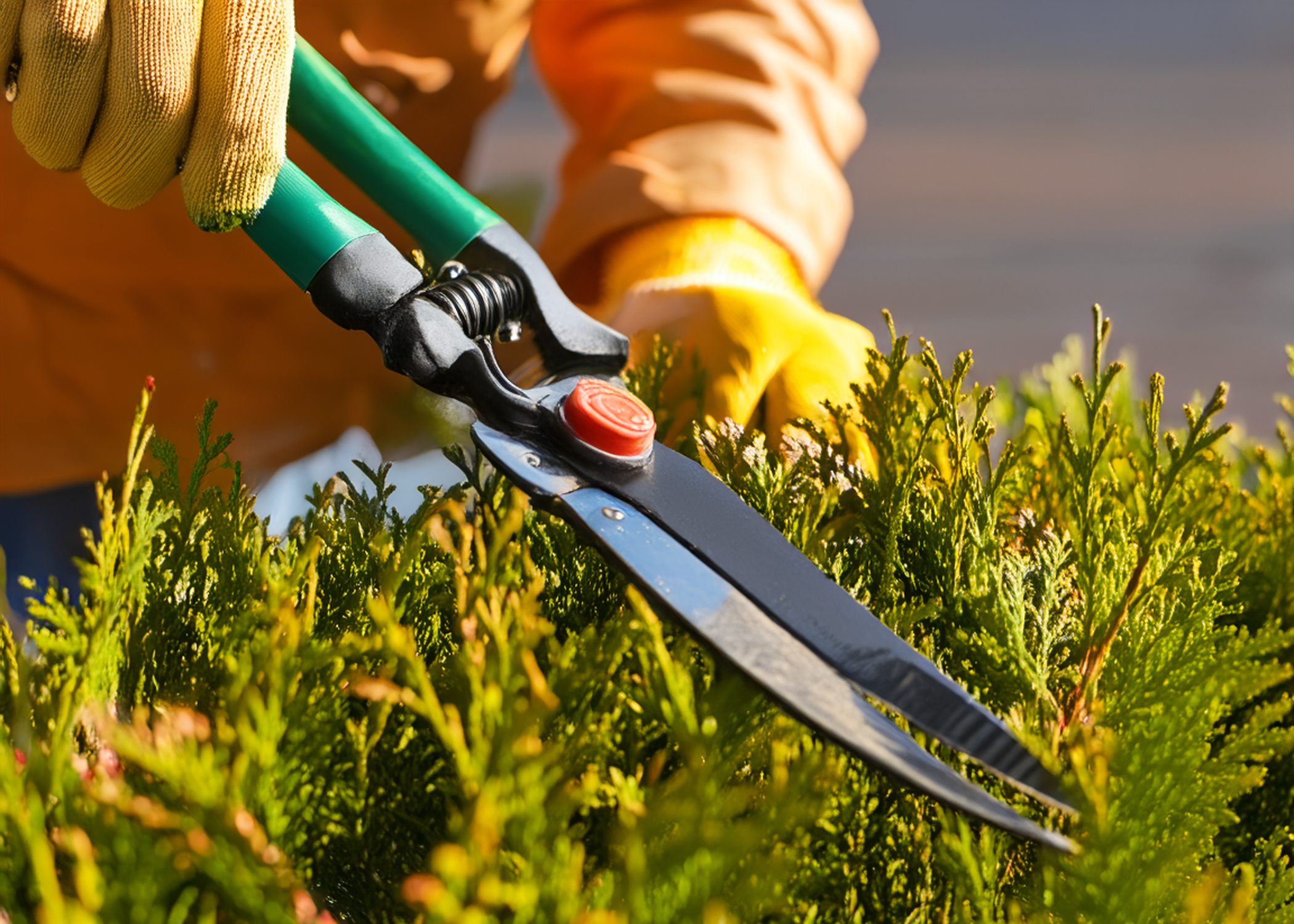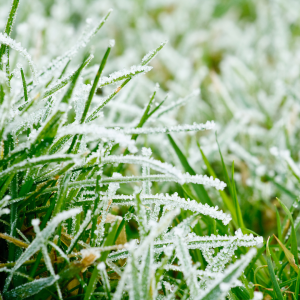Pruning shrubs is a vital gardening task that promotes healthy growth, enhances the plant’s shape, and helps prevent diseases. Whether you’re an experienced gardener or just starting out, these essential techniques will have your shrubs thriving. Let’s explore the steps to prune your shrubs effectively and keep your garden flourishing.
Why Prune Shrubs?
Regular pruning offers several benefits:
- Encourages Flowering: Pruning stimulates abundant flowering and attractive fruit production.
- Size Management: Helps maintain shrubs at the desired size.
- Prevents Damage: Reduces the risk of damage from strong winds.
- Improves Health: Opens up the shrub to light and air, reducing the risk of pests and diseases.
- Removes Dead or Diseased Branches: Prevents the spread of diseases.
Tools You’ll Need
- Sharp Secateurs: For clean cuts on small branches.
- Loppers: For thicker branches.
- Pruning Saw: For the thickest branches.
- Gloves: To protect your hands.
Techniques
General Pruning Steps
- Make Clean Cuts: Use sharp, clean tools to minimize damage. Make cuts just above a bud and at a slight angle to allow water runoff.
- Remove Dead/Diseased Wood: Start by removing any dead, damaged, or diseased branches.
- Trim Old Flowers: Cut off old flowers to prevent diseases and encourage new growth.
- Cut Crossing Branches: Remove any branches that cross or rub against each other to create an open shape.
- Reduce Stem Length: Cut back stems by one-third to reduce wind damage risk.
Seasonal Guide
Different shrubs require pruning at various times of the year. Here’s a guide for common garden shrubs:
Spring Pruning
- Prune shrubs such as Buddleja, Forsythia, and Hydrangea paniculata after the last frost.
- Focus on removing dead wood and shaping the plant for better air circulation.
Early Summer Pruning
- Trim Arbutus, Choisya, and Hibiscus after they finish flowering.
- Remove old flower stems and thin out dense growth to encourage new shoots.
Summer Pruning
- For shrubs like Buddleja globosa and Deutzia, prune after flowering to maintain shape and encourage next year’s blooms.
- Limit summer pruning to size management and tidying up lush green growth.
Autumn Pruning
- Prune Amelanchier and roses in autumn to prepare them for winter.
- Remove dead and diseased wood and shape the shrub to allow good airflow and light penetration.
Winter Pruning
- Suitable for shrubs like Aucuba japonica, Sambucus, and Wisteria.
- Focus on removing any damaged wood and shaping the plant while it’s dormant.
Special Situations
Mowing Wet Grass
- Wet Lawn: Drag a hose to remove excess moisture before mowing. Raise the mower height and mow slowly to reduce clogging. Clean the mower thoroughly after use.
Cutting Long Grass
- Holiday Return: Mow at a higher setting following the one-third rule. Gradually lower the cutting height over a few days.
Mowing ‘Leggy’ Grass
- Flattened Grass: Rake the grass to stand it up and mow from a different direction. Repeat as necessary to achieve an even cut.
Conclusion
By following these guidelines, you can keep your shrubs healthy, vibrant, and well-shaped throughout the year. Regular pruning not only enhances the beauty of your garden but also promotes overall plant health. Embrace the art of pruning and watch your garden thrive.




